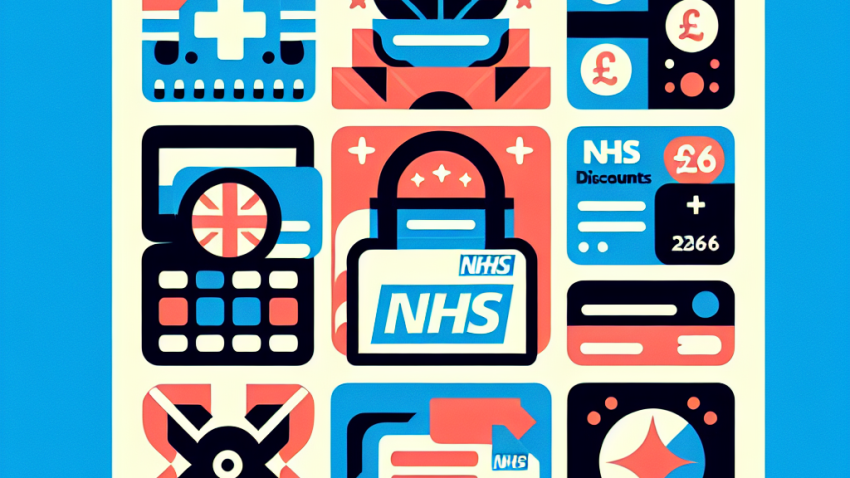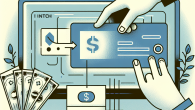
NHS Discounts, Cashback, and Other Perks You Might Be Ignoring
What Is a Budget—and How Do You Actually Make One?
Let’s talk about one of the most misunderstood tools in personal finance: the humble budget. Now, I know what you’re thinking—“Budgeting? That’s just a joyless spreadsheet full of ‘No.’” But I’d like to flip that narrative. I’m Thomas “Tom” Bradley, your down-to-earth money mentor here at FinanceOne, and I’m here to show you that a budget isn’t about restriction—it’s about freedom.
You don’t need a finance degree or wall-to-wall Excel skills to build a budget that works for you. In fact, with a bit of planning and a dash of honesty (yes, those daily lattes do count), you can take control of your cash and start laying the groundwork for a life you actually enjoy—even if you don’t make six figures. Sound good? Let’s get into it.
What Is a Budget, Really?
A budget is a plan for your money. That’s it. Not scary. Not rigid. Just a plan that outlines:
- How much money you’re bringing in
- Where your money needs to go (bills, groceries, etc.)
- Where you want your money to go (savings, travel, takeout sushi… I don’t judge)
Think of your budget like your money’s GPS. Without it, you’re driving around without directions, hoping to end up somewhere nice. With it, you’re in the driver’s seat, headed to a destination you chose. The best part? You’re the one in control of the stops along the way.
Why You Need a Budget (Even If You Think You Don’t)
Let me guess—you’re thinking, “I don’t make enough to budget,” or “I already know what I spend.” I hear this all the time. The reality? Budgeting isn’t about how much you earn; it’s about how much you keep and how purposefully you use your income.
Here’s what a budget can do for you:
- Helps you get out of debt—by showing where your money is going and where you can cut
- Reduces stress—because you finally know what’s happening with your finances
- Makes your goals real—because you’re putting money where your dreams are
- Prepares you for emergencies—because trust me, they’re coming
Okay, okay. Now that you’re convinced, here’s how we bring this plan to life.
Step-by-Step: How to Build Your First Budget
Step 1: Know Your Monthly Income
This is where it all begins. Look at your take-home pay—after taxes and deductions. If you have a consistent salary, great. If your income fluctuates (looking at you, freelancers), calculate your average take-home over the last 3–6 months. Include side hustles, tips, and any passive income.
Key tip: Don’t budget with your pre-tax income. That’s financial self-sabotage.
Step 2: Track Every Expense (Yes, Every One)
People are often shocked to see how much they spend on things like fast food, subscriptions they forgot existed, or overpriced coffee. For one full month, document every single transaction. Use an app, spreadsheet, or plain ol’ notebook—just don’t skip this.
Break your expenses down into categories:
- Fixed expenses: Rent, car payment, insurance
- Variable essentials: Groceries, gas, utilities
- Discretionary: Entertainment, restaurants, shopping
Warning: This part can feel like stepping on the bathroom scale after the holidays. Be kind to yourself, but don’t look away.
Step 3: Set Your Spending Goals
Based on your income and expenses, assign dollar limits to spend on each category. This is where the magic happens, because you begin to tell your money what to do.
Popular methods include:
- 50/30/20 Rule:
- 50% to needs
- 30% to wants
- 20% to savings and debt
- Zero-Based Budgeting: Every dollar has a job—income minus expenses and savings equals zero
Choose a structure that fits your lifestyle—not someone else’s Instagram-perfect version of “financial wellness.”
Step 4: Cut, Adjust, and Prioritize
After matching wants with your actual income, you might notice a pesky little problem: everything doesn’t quite fit. That’s normal. The next step is to prioritize and make hard (but empowering) choices.
Ask yourself:
- Which expenses are absolutely non-negotiable?
- Can I lower or remove certain wants?
- How badly do I want to reach my savings goal?
Don’t think of this as deprivation. Think of it as aligning your money with your values.
Step 5: Monitor and Tweak Monthly
Budgeting isn’t “set it and forget it.” Your life changes. Your finances change. So your budget needs to be living and breathing, too.
At the end of each month, evaluate:
- What worked?
- Where did I overspend?
- What do I need to adjust?
And here’s the most important part: don’t beat yourself up. Slip-ups are part of the deal. The goal is progress, not perfection.
Helpful Tools You Might Like
Tech can make budgeting easier. These tools can help you stay on track:
- Mint: Free, easy-to-use, links to your accounts and tracks automatically
- You Need a Budget (YNAB): Great for zero-based budgeting fans
- EveryDollar: A beginner-friendly tool endorsed by that loud radio finance guy (you know the one)
Whichever tool you choose, consistency is key.
Final Thoughts: Finance Isn’t About Deprivation, It’s About Direction
Let me level with you. Budgeting might not feel sexy. It’s not going to make your Instagram feed pop. But if your goal is to stress less, save more, and take charge of your life—there’s no better first step.
Start where you are. Keep it simple. Make mistakes and learn. And remember: budgeting isn’t punishment—it’s the gateway to possibility.
If you ever feel stuck or off track, just swing by our About Us page or drop us a line on our Contact page. We’ve got your back—no spreadsheets required (but we won’t stop you if that’s your thing).
Until next time,
Tom Bradley – Budget Buddy. Latte Lover. Lifelong Learner.









Leave a Reply